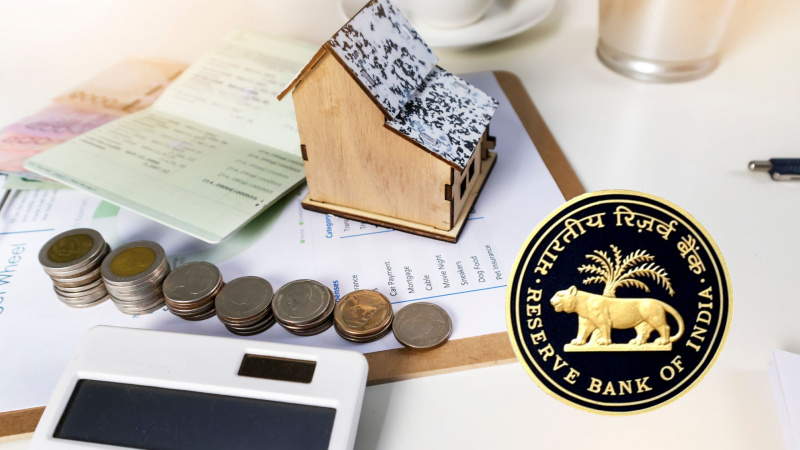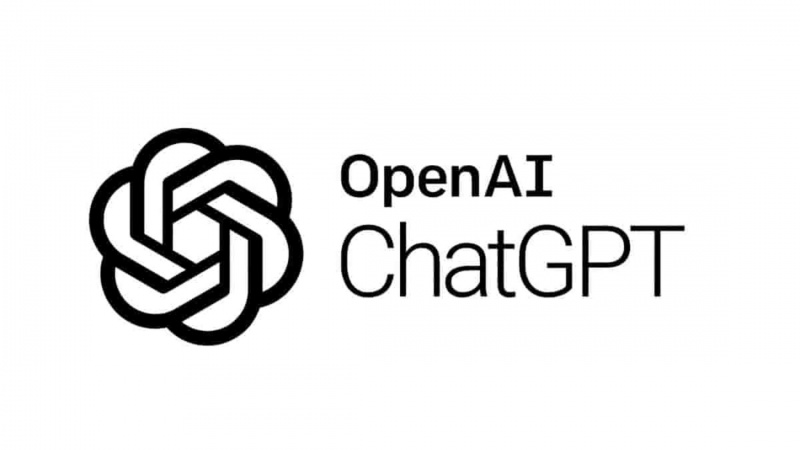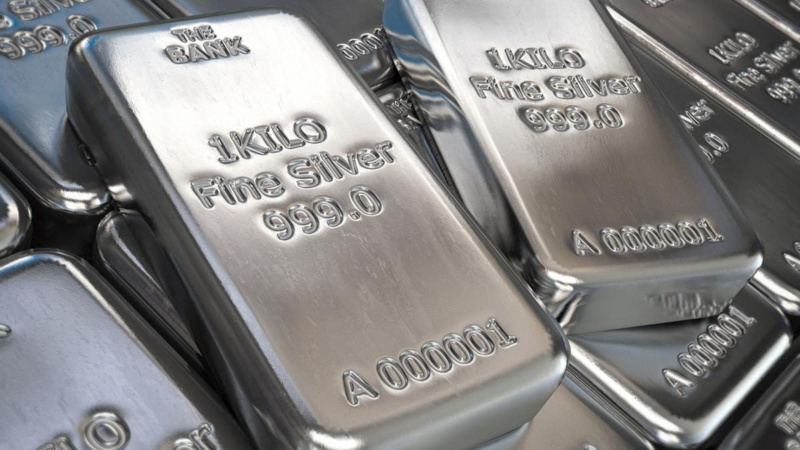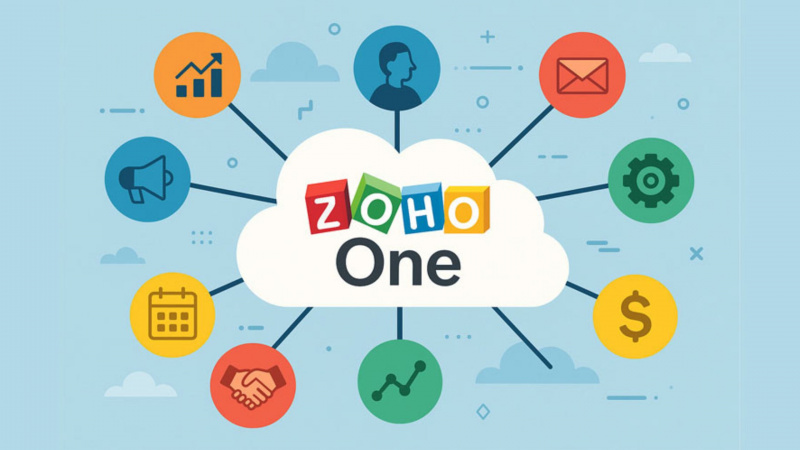All you need to know about cheque in India
1. Type of cheque: Different types of cheque are used for different purposes. a. Bearer Cheque: A bearer cheque means an individual who is holding
- by Vandita Jadeja 2019-10-07 08:45:40
Cheque can come in handy more often than you think. Sometimes it makes more sense to use a paper cheque instead of any other form of payment. Paper cheques are a convenient way of transferring money to another account. Here is all you need to know about cheques
1. Type of cheque: Different types of cheque are used for different purposes.
a. Bearer Cheque: A bearer cheque means an individual who is holding the check can withdraw the amount from your account. It is made payable to the bearer. Issuing bearer checks can be risky as it could be misused by the holder of the instrument.
b. Crossed cheque: This is the most common form of cheque wherein the bank is instructed to make payment to the payee’s bank account only. You can cross a cheque by adding two parallel lines on the top left corner of the cheque. You can write “A/C Payee” in the crossed line.
c. Uncrossed cheque: When writing the cheque, if you do not cross it, it is called an uncrossed check which is not required to be paid to the payee’s bank account.
d. Self-cheque: In a self-cheque, you can issue it to yourself and write self in the payee’s name. The person holding the cheque can go to the payer’s bank and withdraw money. This is a risky method and can be misused by the holder of the instrument.
e. Order cheque: When you strike out the word “Or bearer” after writing the name of the party and do not cross it on the top left hand of the corner, it will become an order cheque. Only the holder of the order cheque can withdraw the amount.
f. Post Dated cheque: A cheque issued today will be valid for 3 months from the date of issue. If you want to make a payment to someone in a future date, then you can use a postdated check by quoting a future date.
- Attributes of cheque – It is important to know the attributes of a cheque when writing a cheque to the party.
- Account Number: The account number is mentioned in a box on the left side of the cheque, right above the name of the bank. The account number is the account from which you are making the payment. Always check the account number twice before you sign the cheque.
- IFSC Code: The IFSC code is used to identify the particular branch of a bank for one of the electronic fund settlement options in the country. The 11 digit alpha numeric code makes it easier to identify the branch of a bank and is a must in every cheque.
- Cheque Number: The check number is the number of a cheque in your cheque book. It is the first six digits at the bottom of the cheque. You can keep a track of the cheque numbers and the deposit or withdrawals on the second page of the cheque book. The cheque number will help you trace a cheque at any point of time.
- MICR Code: The MICR code is a 9 digit code which contains important information about the bank and the transaction. It helps in speeding up the process in clearing cheque. It is the second set of numbers at the bottom of the cheque.
3. How to give a cancelled cheque: In order to give a cancelled cheque, you do not require a signature. A cancelled cheque is a cheque which has strike marks on it with the word cancelled written across. It is a proof that you actually hold an account with the bank. No one can withdraw money from your account using a cancelled cheque.
4. How to make account payee cheque: In order to make an account payee cheque, you need to first cancel the words “Or Bearer” and add the words “A/C Payee” on the top left corner of the cheque. Then, write the name of the person on the line which reads “Pay”. Always write “only” at the end of writing the amount in words and put a /- in the rupees number in column. Remember, do not leave spaces anywhere. Sign above the line which reads “Authorized signatory” and do not sign on the MICR band. Do not forget to write the date and keep a record of the cheques issued by you. Do not overwrite or scribble on the cheque.

POPULAR POSTS
Pine Labs IPO 2025: Listing Date, Grey Market Premium, and Expert Outlook
by Shan, 2025-11-05 09:57:07
India’s Largest Unicorn Startups in 2025: Rankings, Valuations, and Trends
by Shan, 2025-09-18 10:32:48
Swiggy Launches Toing App in Pune to Serve Affordable Food Delivery — What It Means for the Market
by Shan, 2025-09-16 12:29:08
Trending Startup Ideas for 2025: Where Innovation Meets Opportunity
by Shan, 2025-09-05 11:56:43
19 Best Business Ideas to Start in India 2025: From Low Investment to High Demand
by Shan, 2025-09-03 10:58:15
Razorpay Business Model Explained: How the Fintech Giant Makes Money in India
by Shan, 2025-08-05 12:10:28
How CRED Reimagined Credit Card Rewards into a Billion-Dollar Fintech Empire
by Shan, 2025-08-04 12:28:03
RECENTLY PUBLISHED

Loan EMIs to Drop as RBI Slashes Repo Rate - Full MPC December 2025 Highlights
- by Shan, 2025-12-05 11:49:44

The Agentic Revolution: Why Salesforce Is Betting Its Future on AI Agents
- by Shan, 2025-11-05 10:29:23

Top 10 Insurance Companies in India 2026: Life, Health, and General Insurance Leaders Explained
- by Shan, 2025-10-30 10:06:42

OpenAI Offers ChatGPT Go Free in India: What’s Behind This Big AI Giveaway?
- by Shan, 2025-10-28 12:19:11

Best Silver Investment Platforms for 2025: From CFDs to Digital Vaults Explained
- by Shan, 2025-10-23 12:22:46





 Subscribe now
Subscribe now 